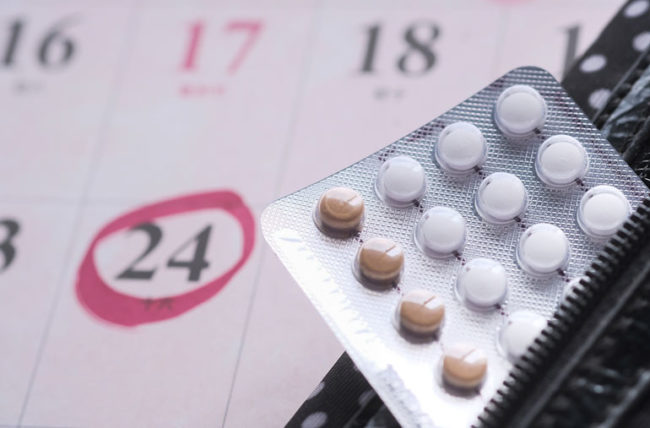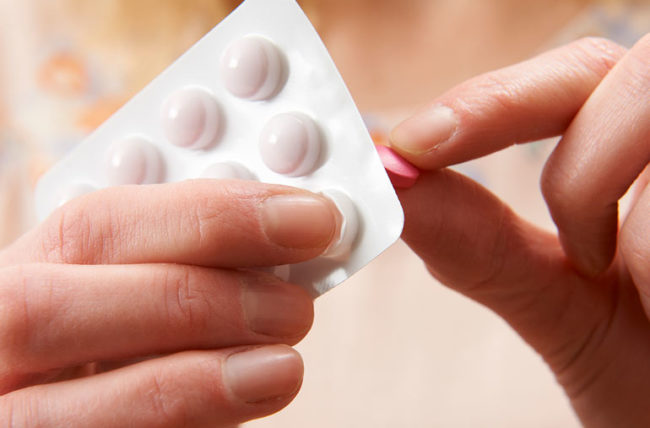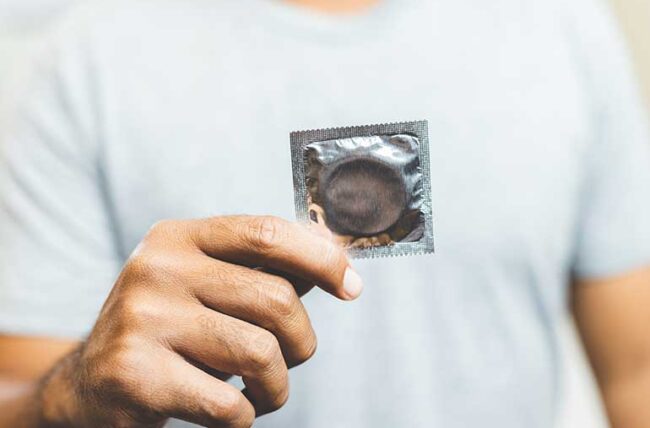Sleeping well during your period is difficult for many reasons. From cramps at night to migraines caused by menstruation. You want to know that you can sleep soundly knowing your flow will be under control.
You may wonder if you can sleep with a tampon inside.
You can sleep with one in. It’s important that you choose the right tampon absorbency and don’t wear a tampon longer than 8 hours.
Stacie Jhaveri MD , Ob/Gyn, explains how to sleep safely using a tampon.
Can you wear a Tampon overnight?
Some people find it more comfortable to sleep with a tampon than a pad. You may also be hesitant to leave it in overnight. Is it as dangerous as sleeping with your contacts in?
If you follow some guidelines, overnight tampon usage is safe. This includes changing the tampon before going to bed.
Dr. Jhaveri says that you should always insert a fresh tampon into your uterus before going to bed. Also, ensure that the tampon you choose is suitable for your flow.
You may experience a different flow depending on the day of your period or if you are using a certain contraceptive. Choose the tampon that is the right size for you. Not too small and not too large.
Understanding toxic shock syndrome
You may have heard that if you leave a tampon on for too long, you could develop toxic-shock syndrome (TSS).. TSS is an extremely rare but life-threatening bacterial disease.
Staph bacteria, strep bacteria or clostridium sordelli can cause TSS. You may believe that a tampon will keep the bacteria in your vagina, but this is not always true.
It is important to change your tampon at least every eight hours. It’s therefore important to replace your tampon every 8 hours.
It’s also not only about the length of time you leave your tampon inside, but also what typeyou choose. “You are more likely to develop TSS if you use an absorbent tampon that is larger than the one needed,” warns Dr. Jhaveri.
What? Isn’t it better to use a tampon that is more absorbent for your vagina than one that is less absorbent? No, it’s not.
Dr. Jhaveri says, “I recommend that you insert a tampon according to your flow.” If you use a tampon that is very absorbent for a light flow, it’s likely you will change it less frequently. You also risk drying out your mucus and allowing more bacteria into the body.
If you are considering using a nighttime tampon, you can minimize your risk of TSS by changing your tampon before going to bed. Use the right absorbency, and replace it after 8 hours (at maximum).
You may also find it comforting to know that TSS doesn’t have a direct link with the use of tampons. TSS can occur when bacteria enters the body via a burn or cut, or through viral infections such as cold and flu.
In relation to tampons, TSS is no longer as common as it once was due to the fact that the U.S. Food and Drug Administration (FDA) pulled tampons off the shelves that contained ingredients like polyester foam and carboxymethylcellulose.
Dr. Jhaveri assures that TSS is rare. In fact, I find that the most common problem with patients who keep their tampons on too long is a unpleasant vaginal smell.
The best bedtime protection for your period
You can use a tampon to sleep safely. Don’t worry if you accidentally sleep with a tampon in. Change it the first thing you do in the morning, and prepare for the night when there is a lot of flow.
You should know the following things before you go to bed when you are on your period.
- Use tampons with a higher absorbency only when you have a heavy flow.
- Every 4 to 8 hours, you should replace your tampon.
- It is not a problem to change your tampons as many times as you need if you have heavy flow.
- Use a menstrual cup, a period underwear, or a sanitary napkin if you are aware that you will be sleeping longer than eight-hours.
- If needed, double up on the pads.
You can sleep well with a tampon inside if you follow these tips. They are the same as the rules you would use during the day.























